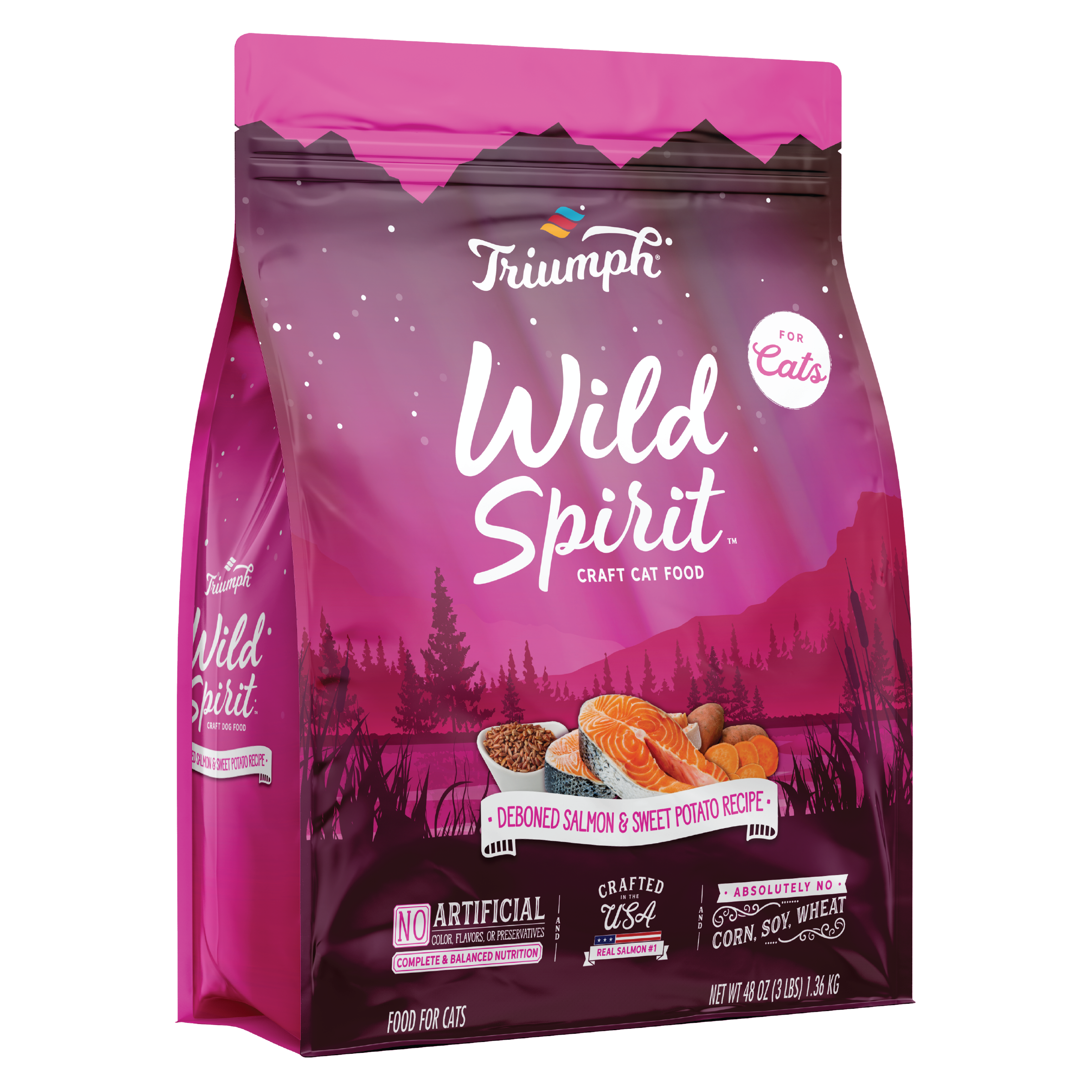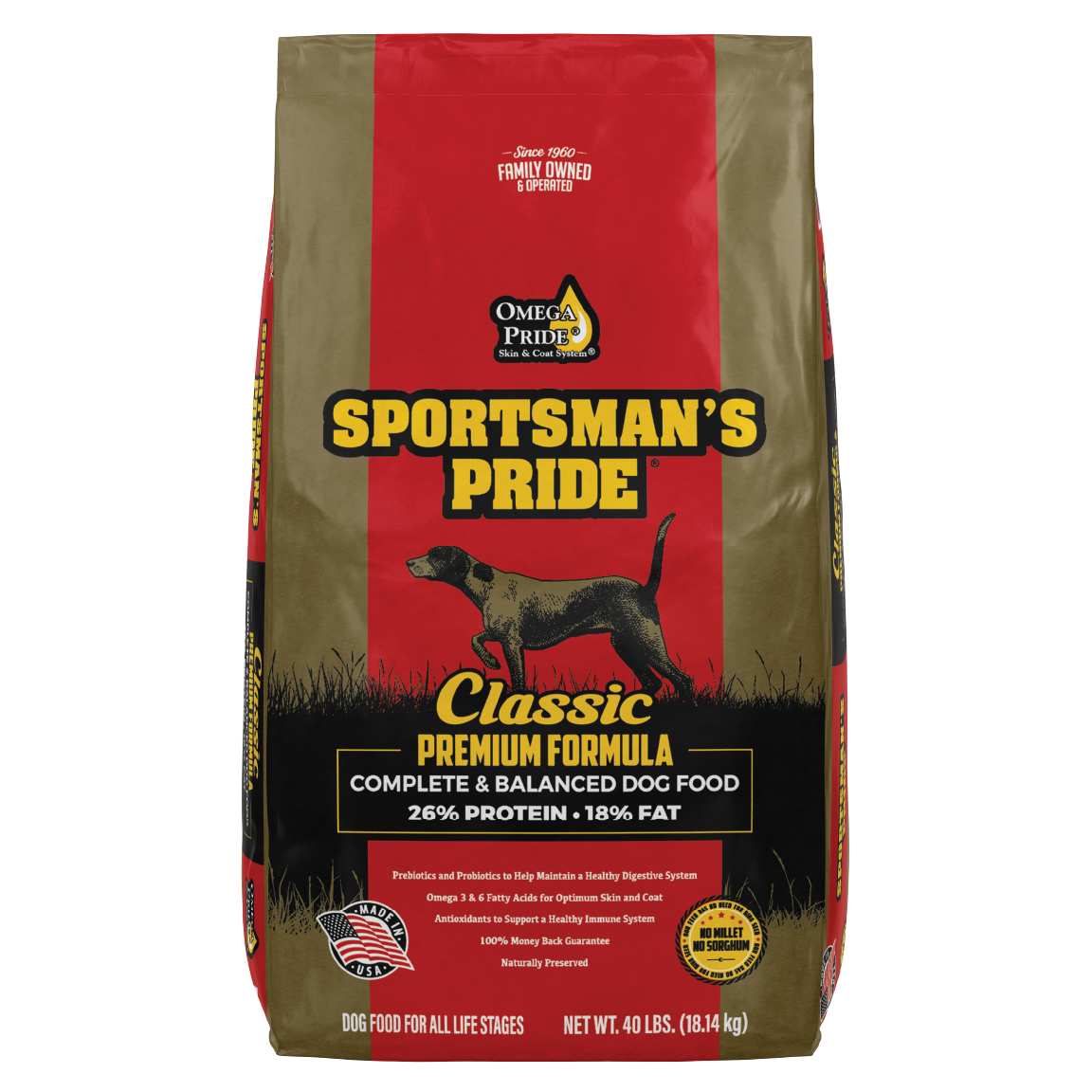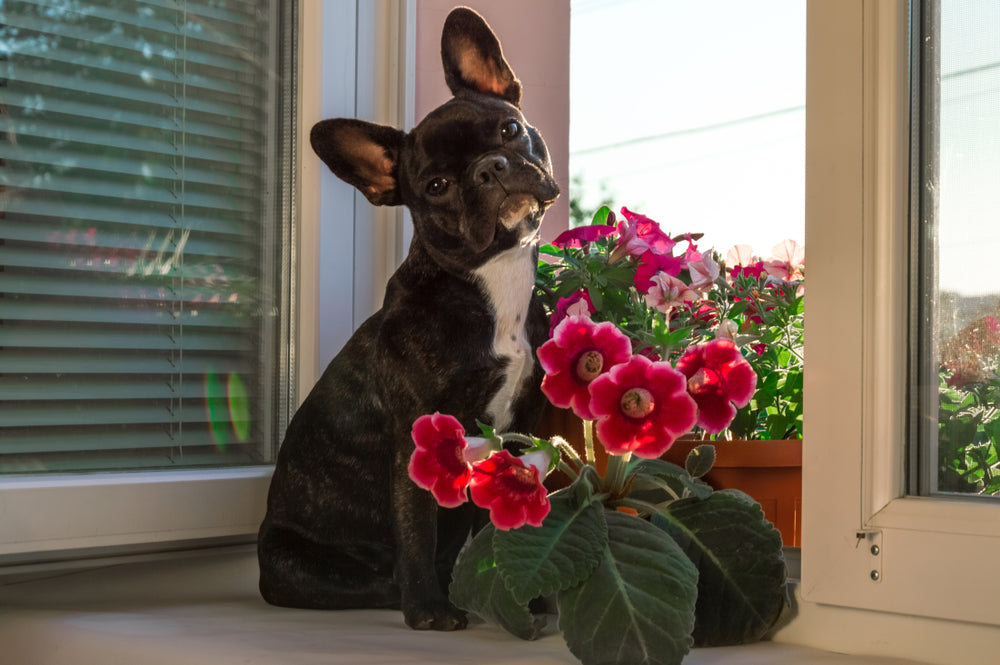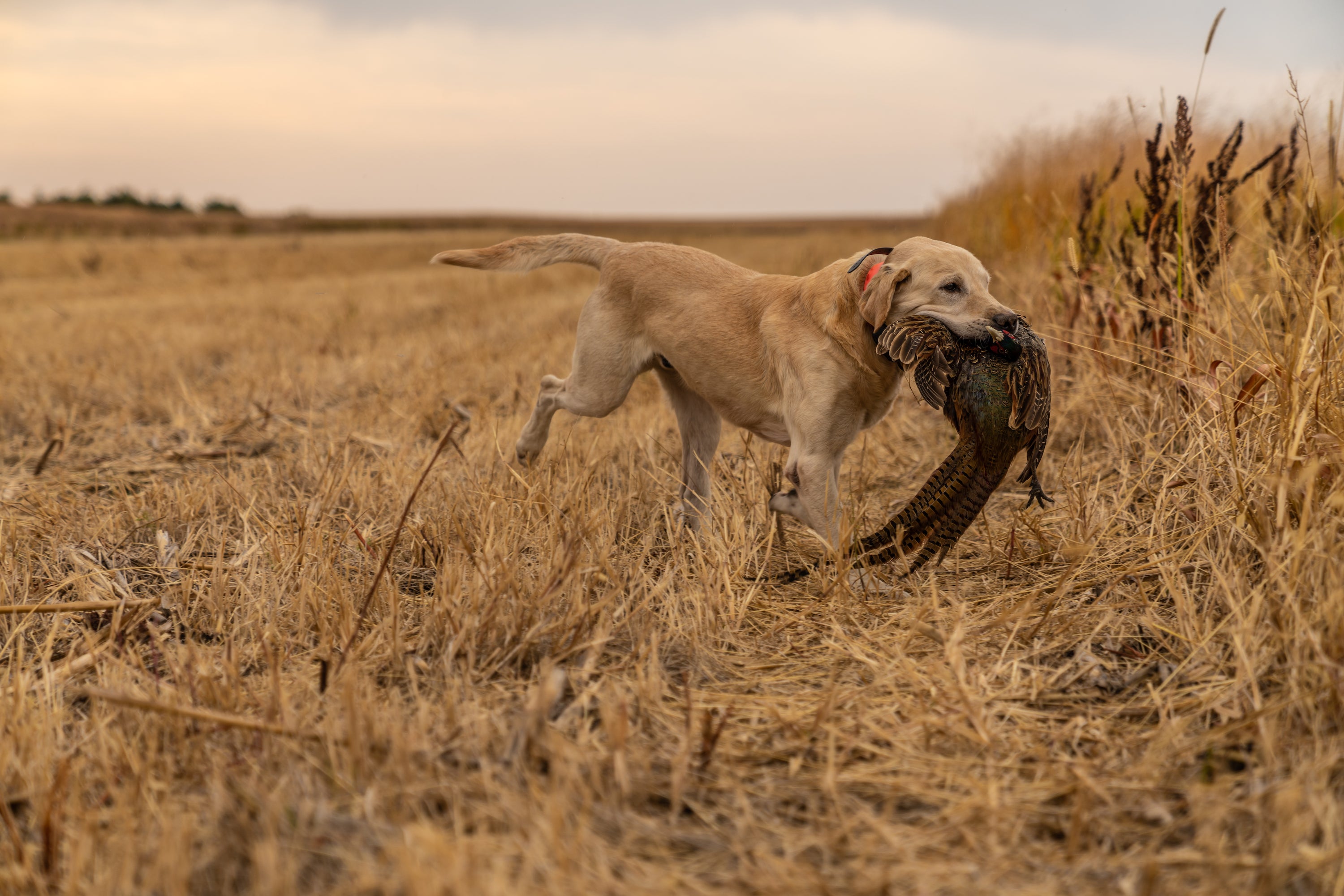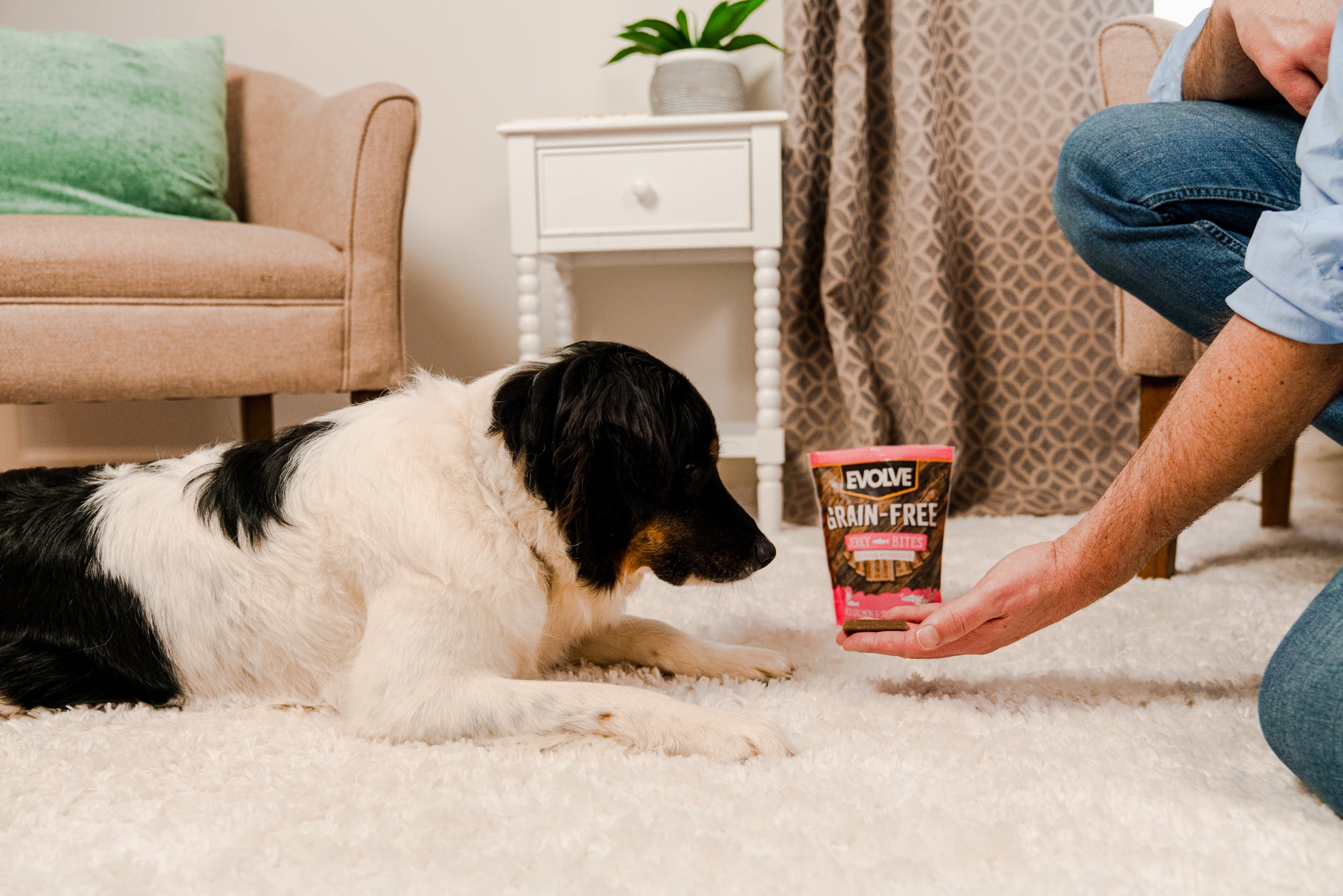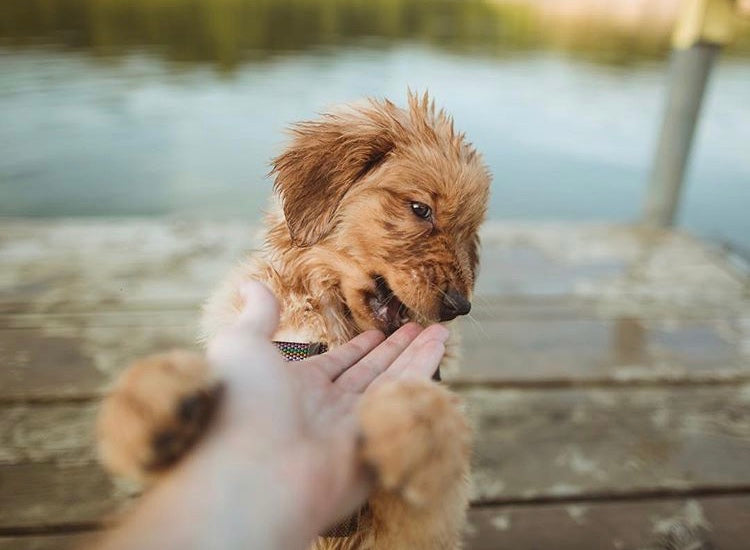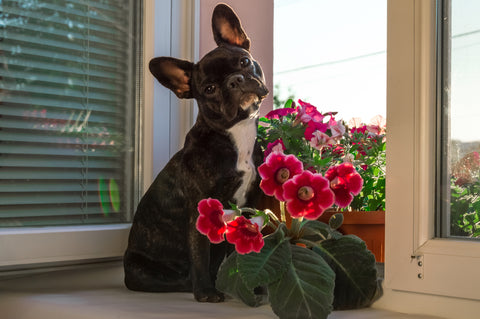
Plants are one of the many great things about summer. But, did you know there are several plants that can be harmful to your pets? According to the Human Society of the United States, that number is over 700! We know what you’re thinking, that’s A LOT of plants to remember. Mind you, not all potentially poisonous plants are deadly. Reactions differ depending on the type of toxin and the size of the pet.
Many plants, indoor and outdoor, have powerful scents and tastes. Even if you ask your pets to stay away from them, their curiosity might take over. We put together a list of the top poisonous plants commonly found in homes and gardens. Be sure to read them over so you can keep your pets safe this summer
Lilies
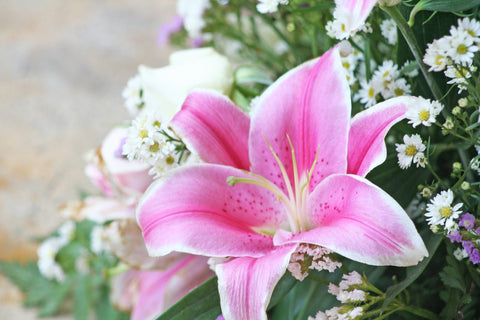
Pet parents need to be aware of the potentially dangerous results of cats digesting a lily plant or lily bulbs, as dogs don’t develop symptoms. There are both benign and toxic lilies out there, so it’s important to know the difference. Peace, Peruvian, and Calla lilies cause minor symptoms, but the most dangerous, sometimes fatal, include Tiger, Day Asiatic, Easter, and Japanese Show lilies.
Aloe Vera

Although considered a medical plant for humans, aloe vera’s level of toxicity is mild to moderate for cats and dogs. Signs your pet has consumed this plant include lethargy, weight loss, tremors, vomiting, and a change in color of urine.
Daffodils

These yellow and bright flowers may appear harmless, however are very dangerous for pets. Ingestion of the bulb, flower or plant can cause vomiting, heavy salvation, diarrhea, low blood pressure, tremors, convulsions, tremors, and cardiac arrhythmias. If you own a dog who loves to dig up stuff outside, we recommend not including these plants in your garden or landscape.
Sago Palm

This popular landscaping plant is very harmful for dogs and cats. The entire plant is highly toxic and should be kept out of reach from your four-legged friends at all times. Notice your dog suffering from vomiting, increased thirst, hemorrhagic gastroenteritis, bruising, or liver failure? If so, there is a chance your dog may have ingested Sago Palm.
Autumn Crocus
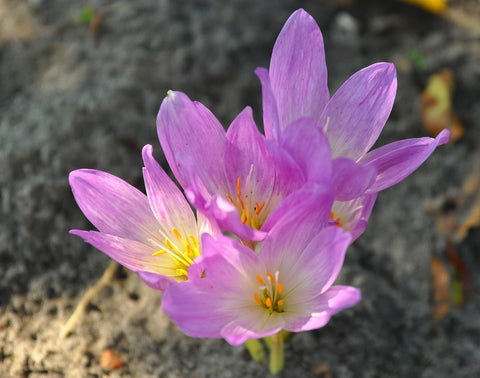
The Autumn Crocus plant is quite poisonous to animals. If your dog or cat is experiencing bloody vomiting, diarrhea, shock, or multi-organ damage bring them to your veterinarian immediately. Sometimes symptoms are delayed, so if your pet has ingested this plant, be sure to monitor them at all times.
Tulips and Hyacinths

Both hyacinths and tulips belong to the Liliaceae family and contain a toxic chemical that can be dangerous to dogs and cats. Typical signs include profuse drooling, vomiting, or diarrhea, depending on the amount consumed. With large ingestions, more serious symptoms such as increased heart rate, changes in respiration, and difficulty breathing may be seen.
Azalea
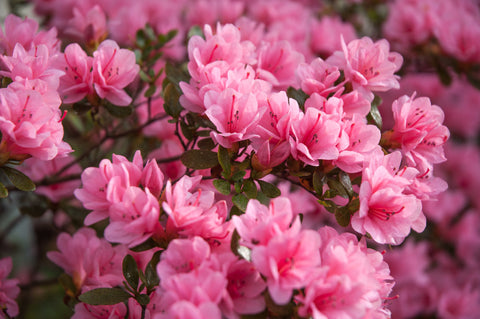
Azaleas can have serious effects on pets. Eating even a few leaves can result in vomiting, diarrhea, weakness, and cardiac failure.
Cyclamen
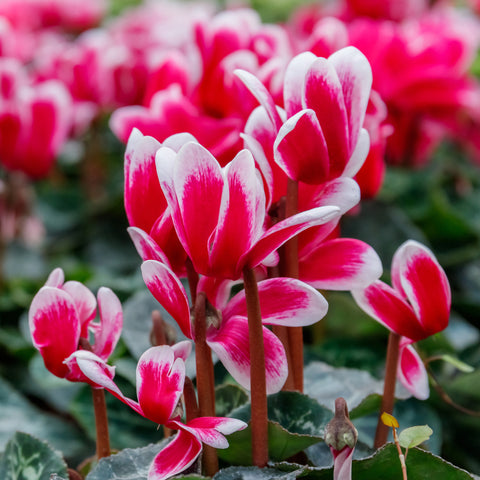
If your dog is a digger, beware. The roots of this seasonal flowering plant are especially harmful to pets. If eaten, it may cause salivation, vomiting, and diarrhea. Large ingestions lead to seizures, heart rhythm abnormalities, and death.
Ivy

There are several common ivy foliage plants in the United States. Although you don’t often see cats and dogs eating ivy, it’s extremely toxic if ingested. If you think your pet has snacked on this plant, watch for signs of vomiting, diarrhea, hyper-salvation, and abdominal pain.
Oleander

Oleander is an outdoor shrub, known for its evergreen-like qualities and delicate petals. However, the leaves and flowers are extremely toxic if ingested by your pets and can cause several harmful symptoms. These include drooling, abdominal pain, diarrhea, colic, depression, and even death.
Kalanchoe
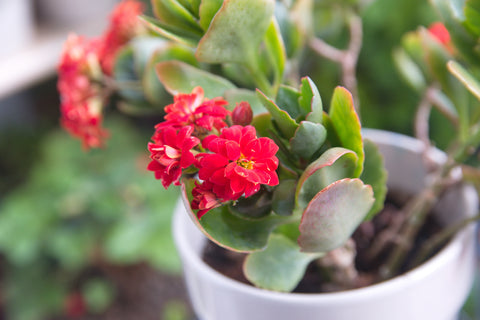
This popular succulent may cause vomiting, diarrhea, and heart arrhythmias if consumed by cats and dogs.
Dieffenbachia
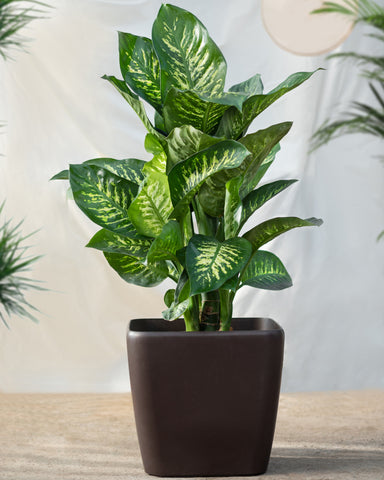
Popular in many homes and offices, dieffenbachia can cause oral irritation, intense burning of the mouth, tongue and lips, excessive drooling, vomiting, and difficulty swallowing.
If you suspect your pet may have ingested a potentially toxic substance contact your local veterinarian as soon as possible.
Don’t let the worry of toxic plants keep you from gardening this summer. Time outside is not only good for your pet’s health but is beneficial for your own health as well! We hope you can use this blog as a resource and reference as you pick the plants for your home.
For a more complete list of harmful plants to keep away from your pets, visit ASPCA.
Be sure to follow Evolve’s Facebook, Instagram, and Twitter pages to stay up to date on the latest health and safety tips!

